When treating breast cancer, a simple lumpectomy (removing the cancerous tissues, or lumps) is often physician’s the go-to treatment. Sometimes, however, a lumpectomy is impossible due to the size, shape, or location of the tumor. When this is the case, your oncologist may recommend a mastectomy. For patients facing this procedure, many questions may pop up in their minds, which is why we’re going over all the ins and outs you need to know about your mastectomy.
What Is A Mastectomy?
Many have heard of a mastectomy before. But they might not know all the procedure entails. This surgical procedure removes one (unilateral) or both (bilateral) breasts. There are a few types of mastectomy:
| Total (Simple) Mastectomy | Involves the removal of the entire breast, including the nipple, areola, and breast tissue, but not the lymph nodes under the arm or muscles beneath the breast. |
| Modified Radical Mastectomy | This procedure removes the entire breast along with some of the lymph nodes under the arm (axillary lymph nodes). It is often used when the cancer has spread to nearby lymph nodes. |
| Radical Mastectomy | The most extensive type, this involves removing the breast, axillary lymph nodes, and the chest wall muscles under the breast. It is less commonly performed today, as other less invasive procedures can be as effective for most patients. |
| Skin-Sparing Mastectomy | Most of the breast tissue is removed, but the skin of the breast is preserved. This is often done when immediate breast reconstruction is planned. |
| Nipple-Sparing Mastectomy | The breast tissue is removed while preserving the skin, nipple, and areola. This is typically an option for women whose tumors are not close to the nipple area. |
| Double (Bilateral) Mastectomy | This refers to the removal of both breasts, often performed as a preventive measure in women at high risk for breast cancer, such as those with BRCA gene mutations. |
For those who weren’t at high risk for breast cancer, keeping the nipple and areola through a nipple-sparing mastectomy might be the best option for reconstruction. Your doctor will help you figure which variation of the procedure is right for you.
How A Mastectomy Works
Depending on the type of mastectomy you and your provider decide on, the procedure may look a bit different. In each type of surgery, your mammary tissue will be removed while you are under general anesthesia. Your oncologist may also request a lymph biopsy from the nearest lymph node while you are under. Mastectomies are generally an outpatient surgery, so you’ll be able to return home the same day.
Once your surgery is complete, you will be monitored and given instructions for how to care for your surgery wounds; this may include drainage stents, so discuss discharge instructions with your provider before your surgery. If you would like to have reconstructive surgery during your mastectomy, you’ll need to arrange that with a plastic surgeon who specializes in reconstruction.
Mastectomies And Scarring
As with any surgical procedure, large or small, you should expect scarring to occur. You know your body best; if you scar easily, chat with your doctor or a dermatologist about how you can best facilitate healing at the surgical site.
Here at Rejuvaskin, we understand the emotional impact that scars can have— especially breast scars. Breast cancer is a relentless disease that leaves its mark on hundreds of thousands of American women each year. It’s only natural, then, that you wonder how to get rid of mastectomy scars.
Mastectomy Scar Treatment
Like other scars, breast removal scars tend to be a different texture and color than the surrounding skin tissue. Scars are a natural part of our body’s healing process, but that doesn’t mean that they look natural. For those of us who want to reduce the appearance of this tissue, there are a few different options: scar massage, scar reconstruction (for rough, raised, or bulging scars), pressure treatment, scar gels, and silicone sheeting.
Silicone Sheeting
While silicone treatments have been used effectively for nearly three decades, they’re becoming more popular and accessible to the general public. Rejuvaskin combines medical-grade silicone with unique shapes to offer the best coverage and scar reduction after your mastectomy. ScarFX Silicone Sheets come in many different shapes and can be reused for up to 45 days.
When faced with as emotional a procedure as a single or double mastectomy, every attempt to reduce traumatic scarring is warranted. You deserve to feel comfortable in your body, especially after coming face-to-face with breast cancer. Talk to your surgeon about scar reduction techniques prior to your surgery for the best outcomes!
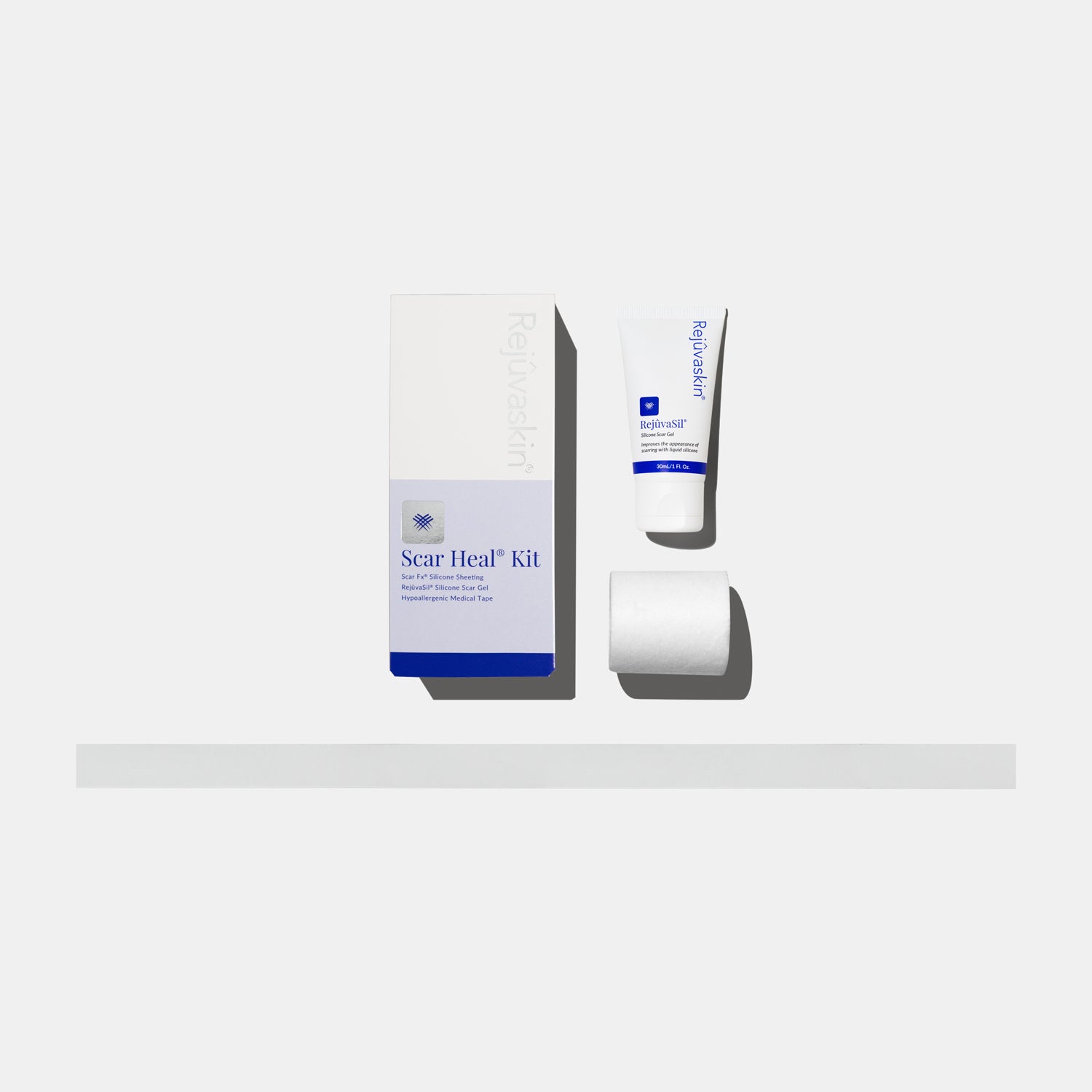


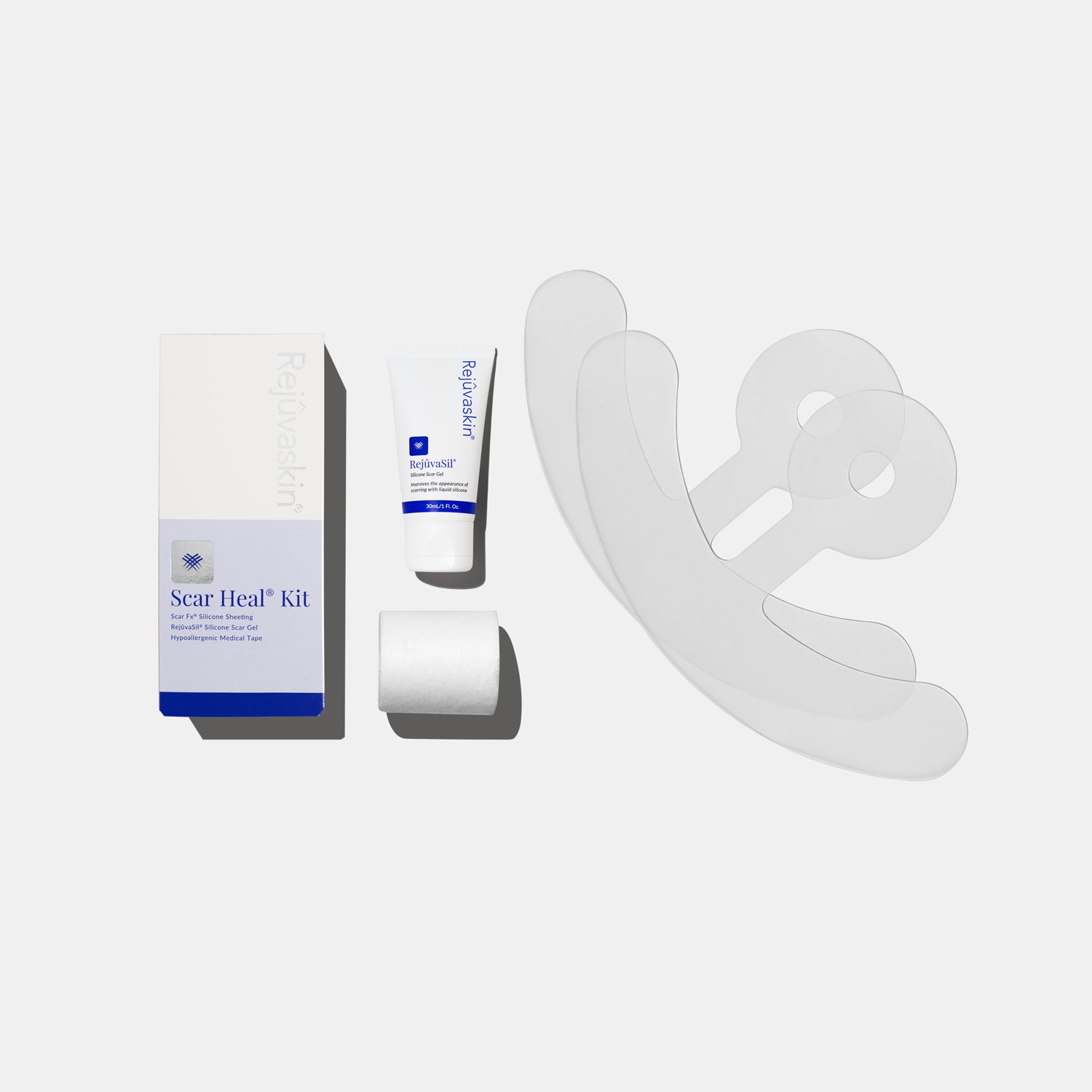
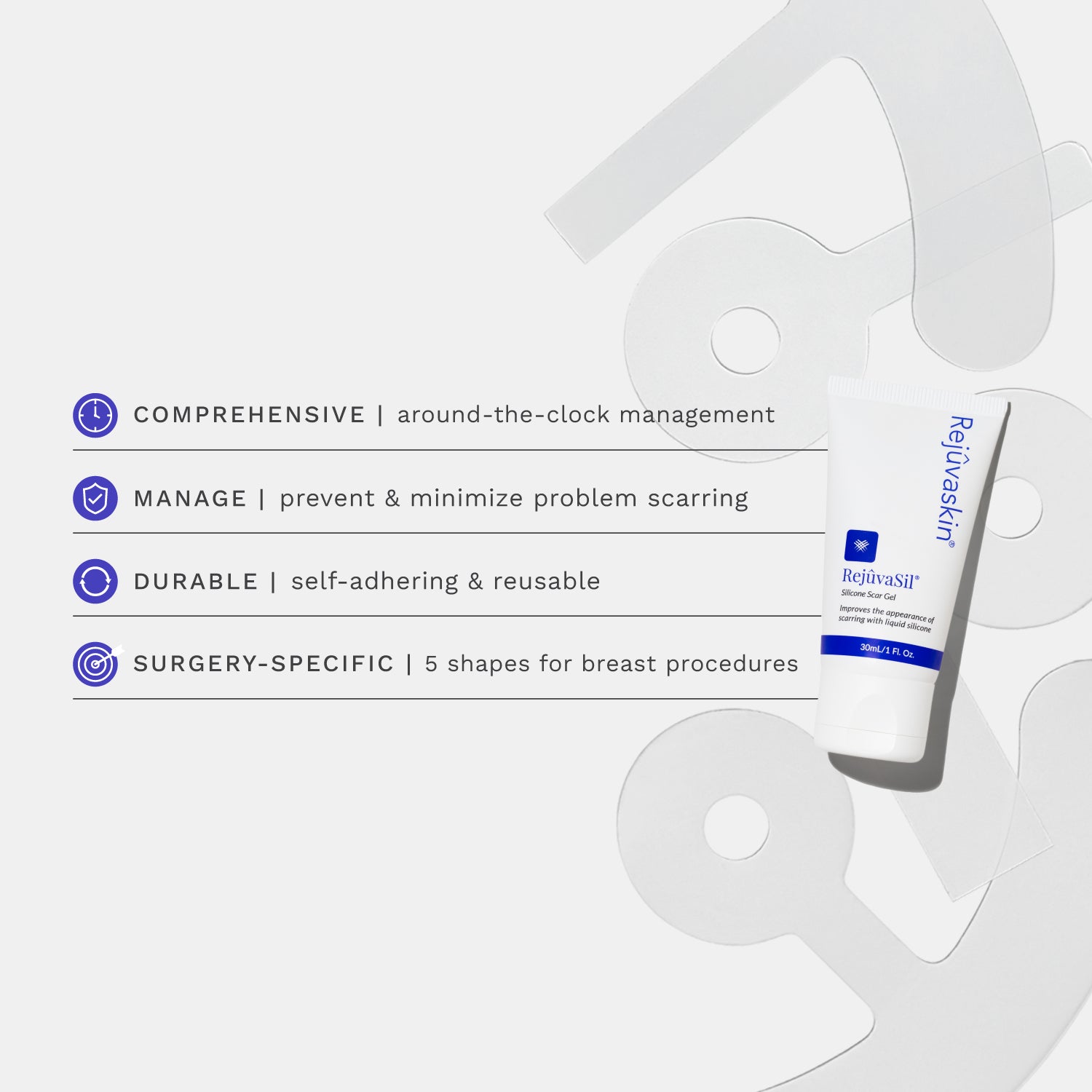
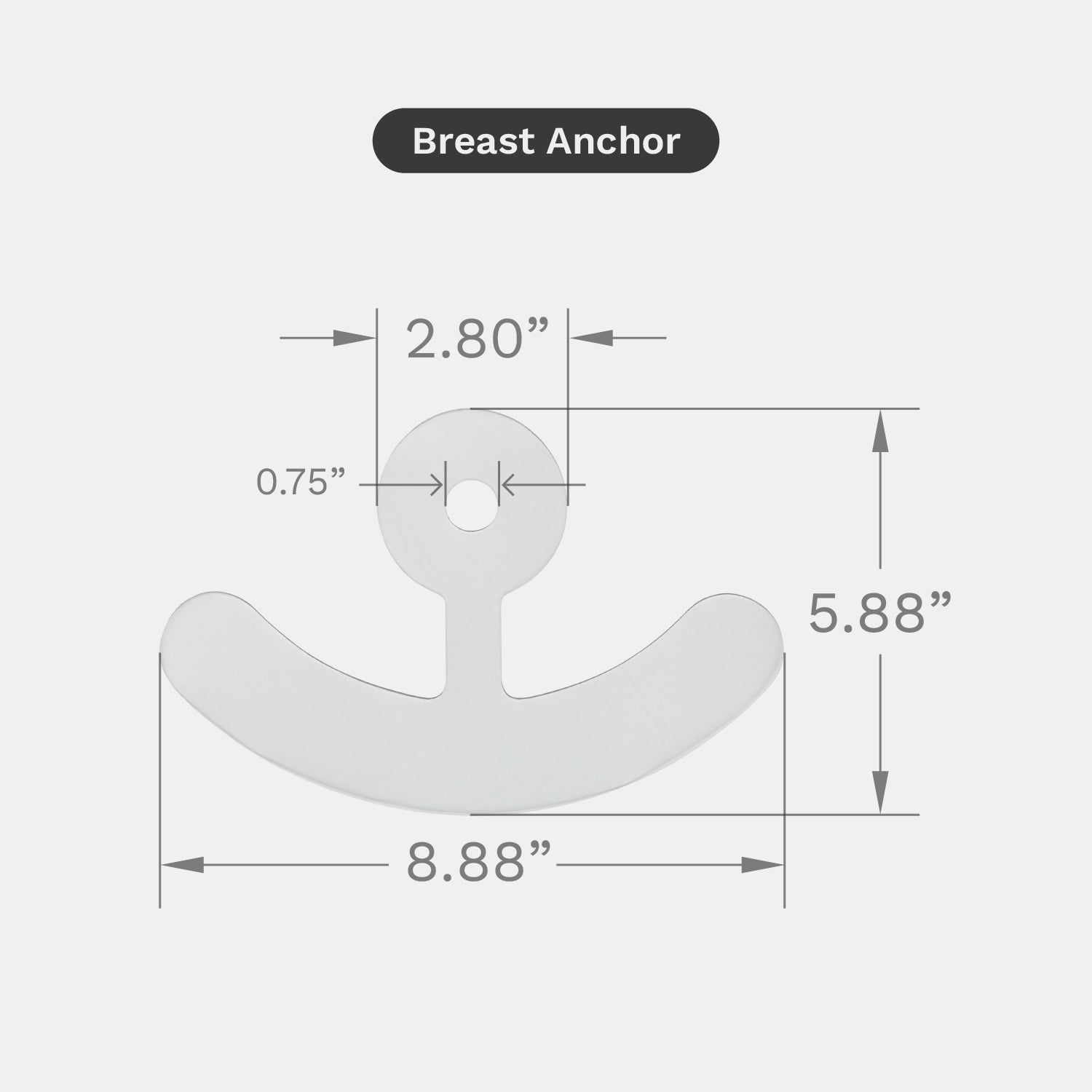
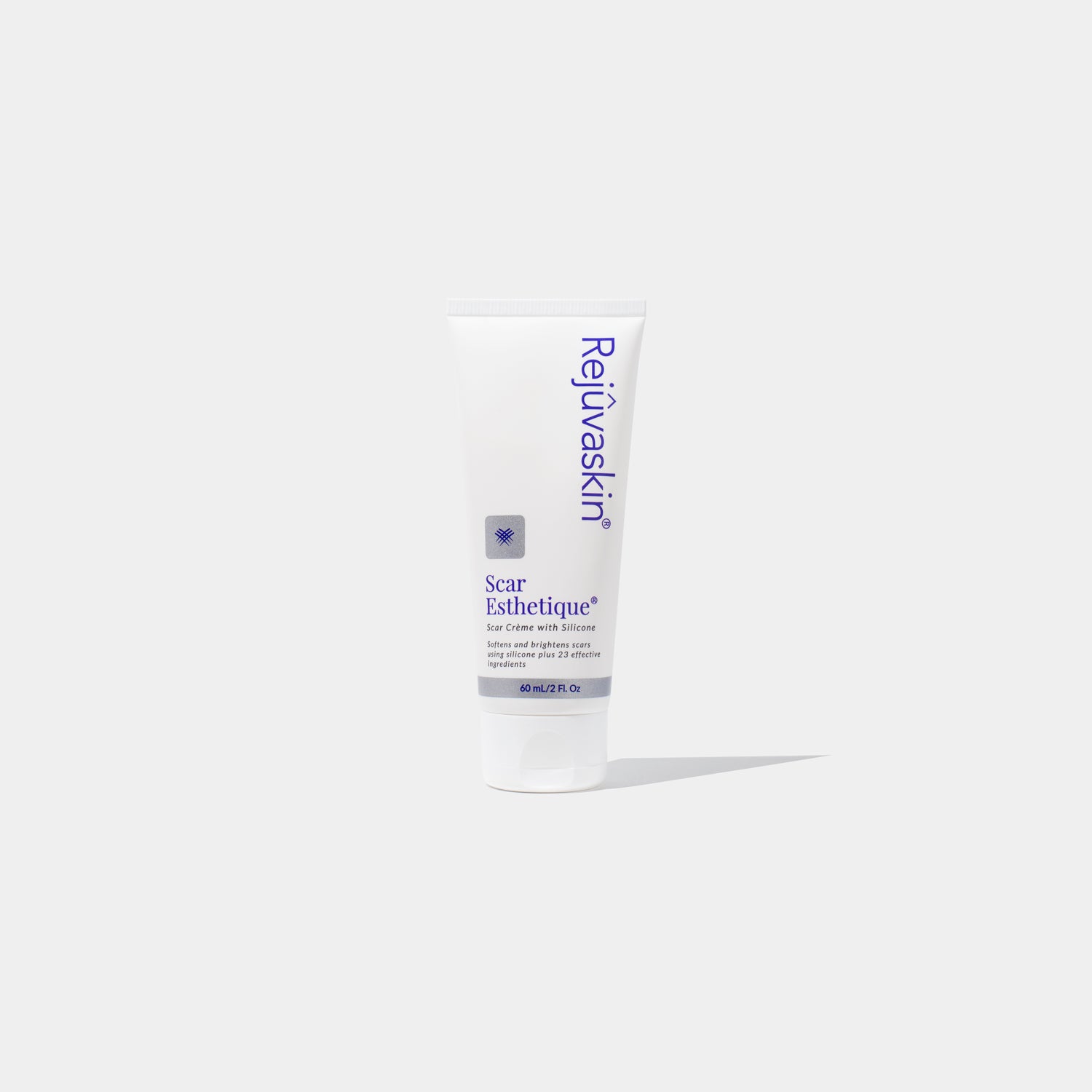
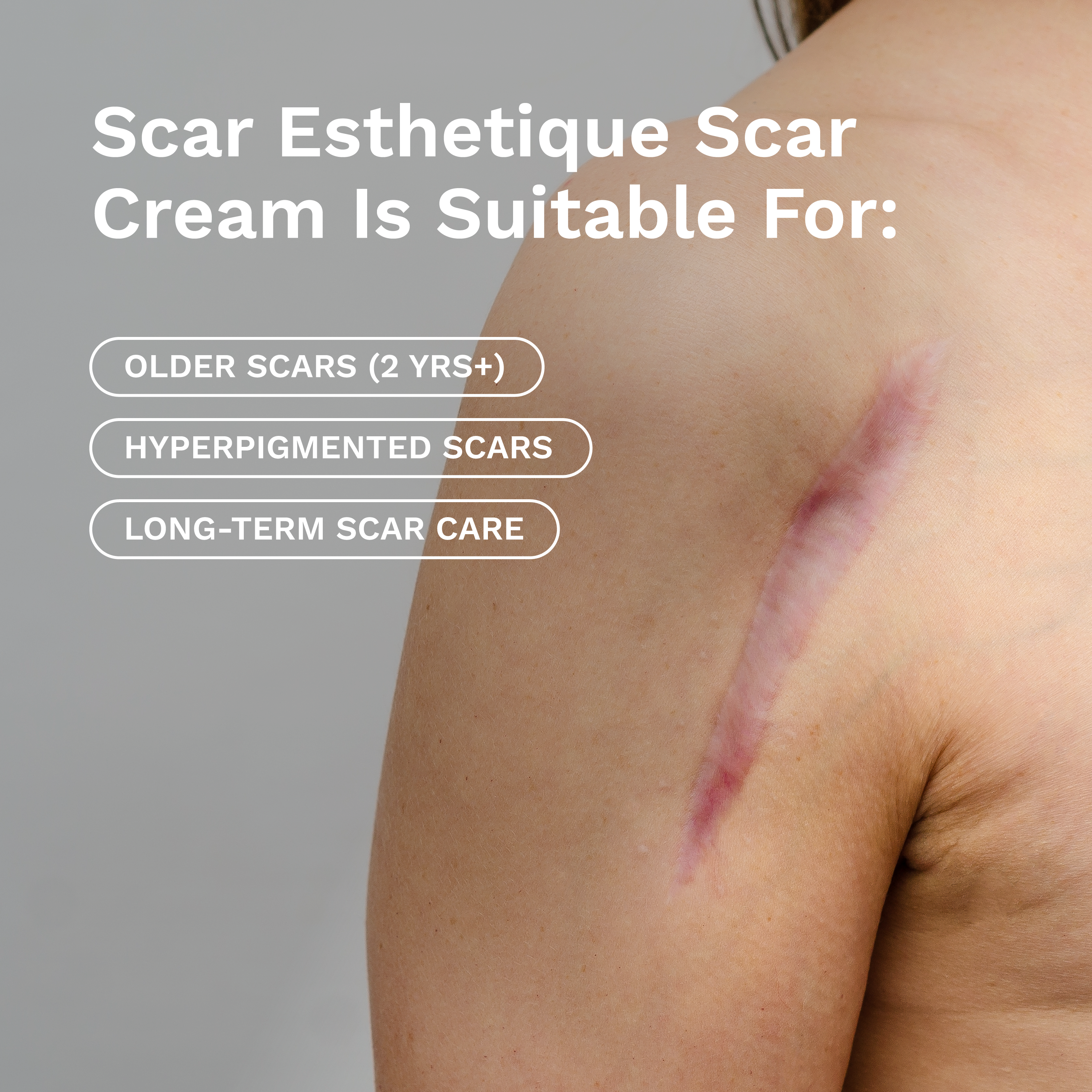








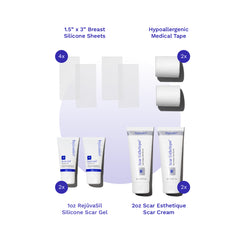
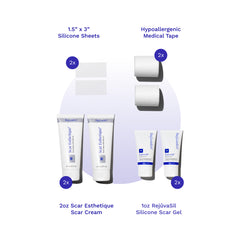

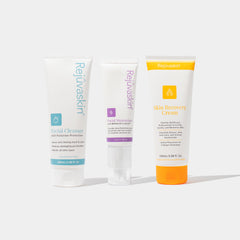
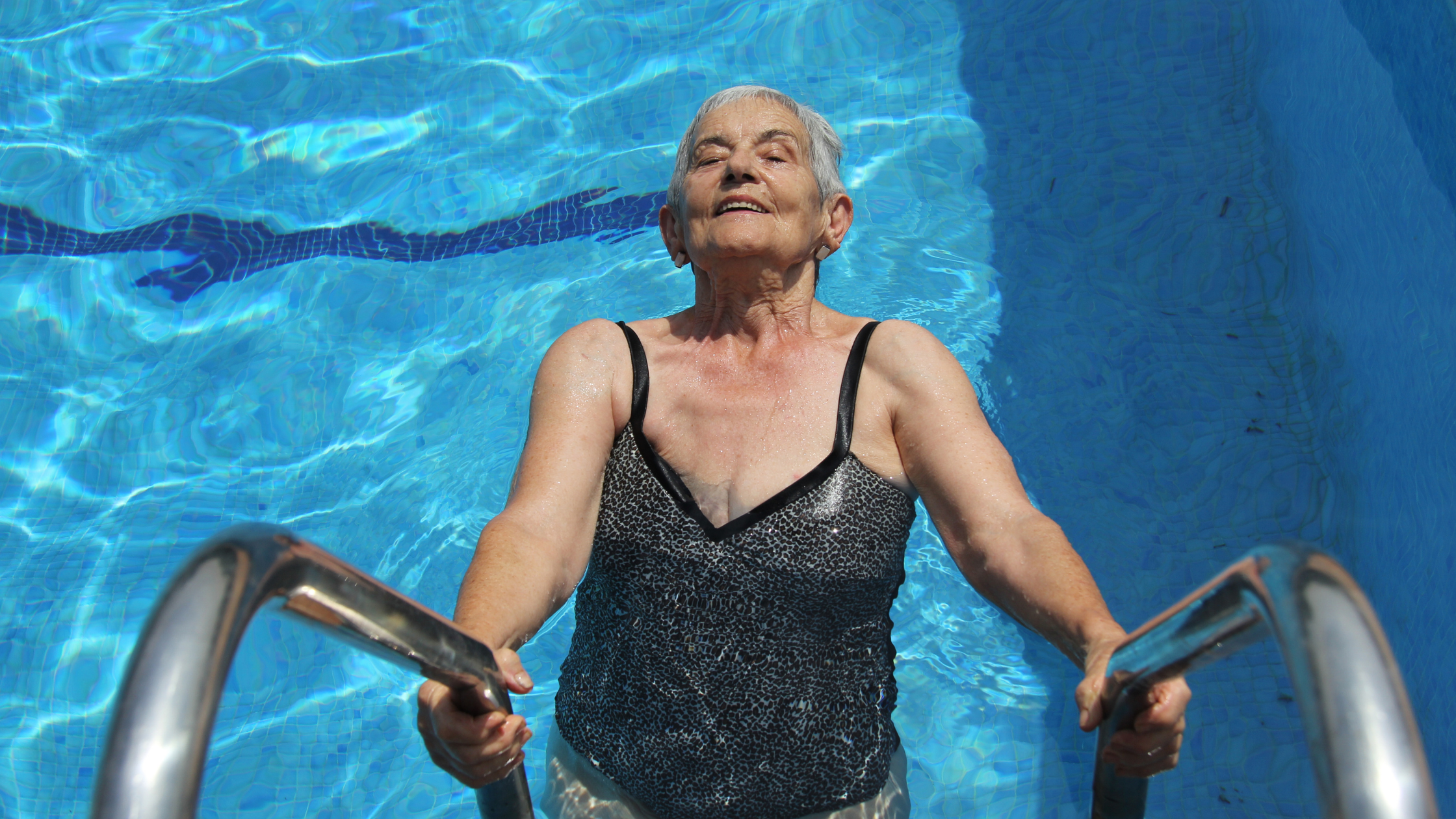
Leave a comment